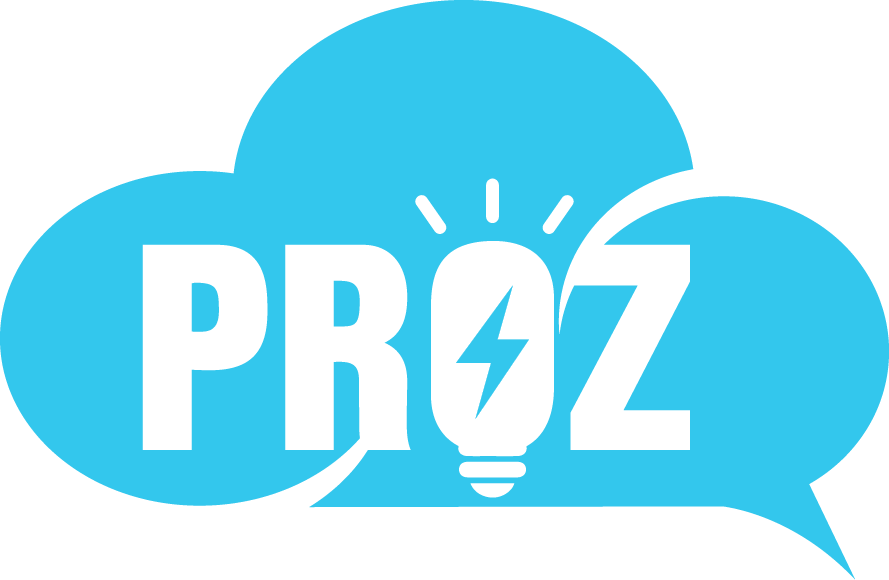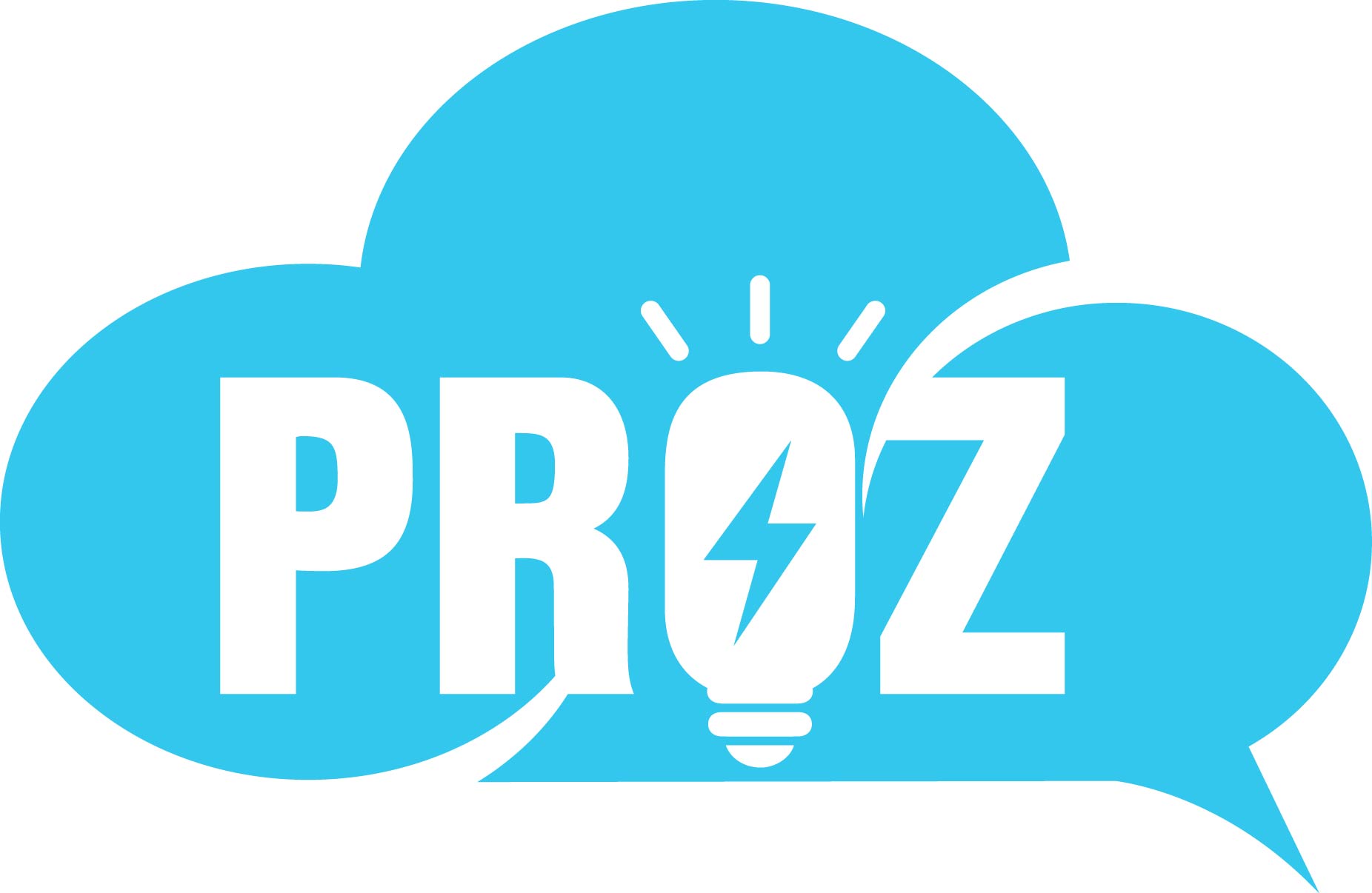In recent years support systems evolved rapidly. Traditional chatbots serve basic tasks using rules and flows. AI agents (also called “agentic AI” or intelligent agents) bring advanced capabilities. Many organizations, especially ones working with a Chatbot Development Company, must decide whether to stick with traditional chatbots or adopt AI agents.
Traditional Chatbots and AI Agents
- Traditional Chatbots are rule-based systems designed to handle specific tasks. They use scripted responses and follow decision trees. These bots rely on limited natural language understanding. When users deviate from expected phrases or ask complex questions, traditional chatbots often fail to respond accurately. Their flows must be manually created and updated, which restricts flexibility and scalability.
- AI Agents (Agentforce) represent the next generation of conversational systems. They are powered by large language models (LLMs) and are capable of understanding context, using memory, and achieving goals across conversations. AI agents can interact with external tools, adapt to new information in real time, and switch between tasks as needed. Unlike traditional bots, they learn from interactions and continuously improve over time.
Core Technical Differences
1. Natural Language Understanding (NLU) & Context
- Traditional chatbots rely on fixed NLU or keyword matching. They often map user inputs to intents defined in advance.
- AI agents use newer, more flexible language models. They understand context across turns. They use embeddings, vector stores, semantic search. They can process indirect queries or partial information.
2. Adaptivity & Learning
- Traditional chatbots must be manually updated whenever new queries break flows. That demands significant work from a Chatbot Development Company.
- AI agents can adapt over time. They can ingest new documents, feedback, or learn via reinforcement or human supervision to fill gaps. They often include capabilities like few‑shot learning.
3. Tool Integration & Multimodal Inputs
- Traditional chatbots usually limit themselves to text inputs and fixed outputs. They rarely integrate external tools except via predefined APIs.
- AI agents can invoke tools (database queries, calendars, external APIs), process images or voice, integrate with CRM, ticketing systems, etc.
4. Goal‑Driven vs Reactive Design
- Traditional chatbots react to prompts. They do not plan. They do not pursue long‑term objectives.
- AI agents work toward specified goals. For example, to reduce an unresolved ticket backlog or escalate high sentiment complaints.
5. Maintenance Overhead
- Traditional chatbots require heavy maintenance: editing flows, fixing misunderstandings, adding intents.
- AI agents demand oversight but often reduce manual work by handling edge cases automatically. Still, tuning, monitoring, and safety mechanisms remain important.
Why Traditional Chatbots Fall Short for Modern Support
1. Handling Complexity
When user queries deviate from expected patterns, traditional bots fail. For example, a query combining billing, technical issues, and policy requires branching in many decision trees. That grows exponentially. AI agents interpret those loosely structured inputs and fetch or route relevant content.
2. Scalability
Scaling a traditional chatbot means adding more rules, more scripts, more maintenance. For many support topics, rule explosion becomes unmanageable. AI agents scale better: adding data or models rather than manually writing many flows.
Benefits of AI Agents Over Traditional Chatbots
1. Faster, More Accurate Resolutions
AI agents reduce average handle time (AHT) significantly. They avoid back‑and‑forth clarifications that scripted flows need. They often achieve corrections or solutions in fewer messages.
2. Handling Unstructured & Novel Queries
Human users seldom phrase issues exactly as bot builders expect. AI agents interpret fuzzy, ambiguous or novel questions more robustly.
3. Proactive Behavior & Prediction
Agents can analyze conversation history or data trends. They anticipate user needs (for example, via sentiment detection, predictive analytics). Traditional bots cannot predict; they wait.
4. Personalization
AI agents can adjust tone, style, level of detail, or content based on user profile, history or preferences. Traditional chatbots offer only limited personalization (e.g. using user name or slippery static paths).
5. Integration & Tool‐Use
Agents can pull data from CRM, update tickets, fetch knowledge from document stores, schedule appointments. This external tool makes them more useful. A Chatbot Development Company implementing AI agents must build robust pipelines, secure APIs, and data feeds.
Challenges with AI Agents and How to Mitigate
No technology is perfect. AI agents carry their own technical and operational risks.
|
Challenge |
Mitigation Strategies |
|
Bias and Incorrect Outputs |
Use human‑in‑the‑loop review, guardrails, prompt design, post‑editing. |
|
Security / Data Privacy |
Secure data storage, encryption, access control. Apply policies. Audit logs. |
|
Maintainability |
Monitor model drift. Retrain with fresh data. Version control. Test extensively. |
|
Resource Use & Cost |
Large models consume compute. Employ efficient model selection. Edge or hybrid deployment. Cost/benefit analysis. |
|
Transparency & Explainability |
Use interpretable components. Log decisions. Provide fallback to human agents. |
Role of Chatbot Development and Chatbot Development Companies
Many firms outsource to a Chatbot Development Company or have an internal team for Chatbot Development. These entities must adjust their design, engineering, and deployment practices:
- Shift from static flow design to modular models, prompt engineering, tool integrations.
- Implement scalable data pipelines. AI agents need training data, knowledge bases, feedback loops.
- Incorporate safety, privacy, and compliance from the start.
- Provide ways for non‑technical staff to supervise or configure agents.
A Chatbot Development Company that remains rooted only in traditional approaches will fall behind. Those that invest in agentforce architectures gain technical leadership, better ROI, and better client satisfaction.
Why AI Agents Are the Future: Strong Arguments
- Cost Savings and Efficiency: Studies show AI agents reduce operational costs by ~30% or more. They require fewer support staff, reduce repetitive work, and lower error rates.
- Customer Expectations: Modern users expect immediate, accurate responses. They compare digital experiences across sectors. Slow, rigid bots lead to dissatisfaction. AI agents meet expectations for speed, relevance, and empathy.
- Volume & 24/7 Availability: Demand for support spikes unpredictably. AI agents handle volume surges better. They can serve around the clock with consistent performance. Traditional chatbots do too, but without the intelligence to escalate or adapt, quality drops.
- Continuous Learning & Improvement: Agents learn from interactions. They can refine responses, add new knowledge, and improve intent detection automatically. Traditional bots require manual updates.
- Competitive Advantage: Companies deploying AI agents often see advantages in customer retention, reduced churn, improved support metrics (CSAT, NPS). Also they free human agents to work on higher value, complex issues or development.
- Scalability: AI agents support scaling with data and compute. Traditional bots scale by adding rules, which becomes exponentially complex.
When Traditional Chatbots May Still Make Sense
Not every use case demands full AI agent capabilities. Traditional chatbots still work well when:
- Queries are extremely simple and constrained.
- Budget or technical resources are small.
- You need fast deployment with minimal risk.
- Security or regulatory constraints prevent use of more flexible systems.
In such cases, a minimal bot built by a Chatbot Development Company may suffice as first layer, with handoff to humans for anything more complex.
Conclusion
In sum, traditional chatbots solve basic support tasks. But they limit scalability, adaptivity, and user satisfaction compared to AI agents. AI agents offer context awareness, goal‑oriented behaviour, integration with tools, continuous learning, and cost savings. Organizations doing Chatbot Development should pivot toward agentic AI architectures. A Chatbot Development Company that invests in AI agents will lead the next wave of support innovation. For most support use cases, AI agents are not optional—they represent the future.







